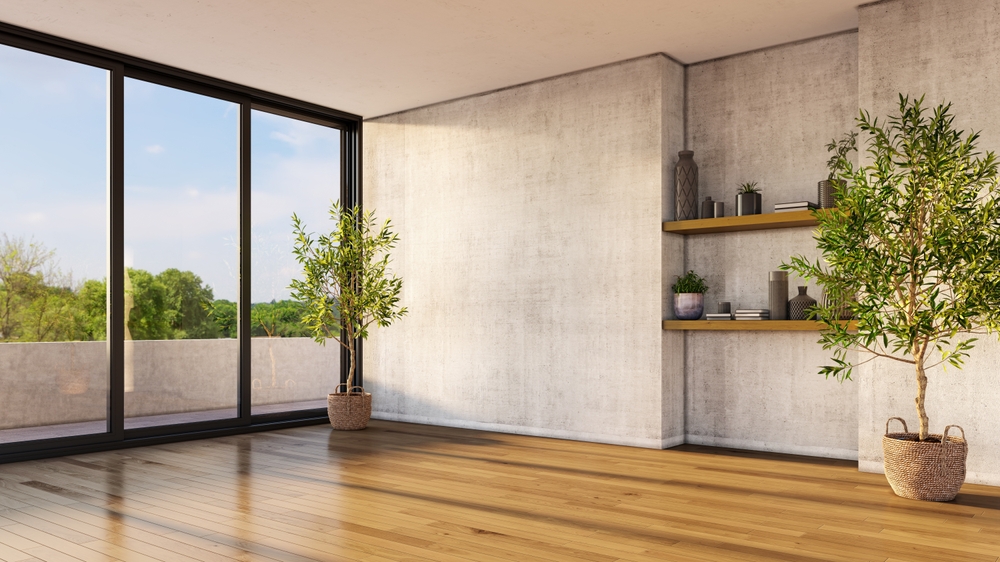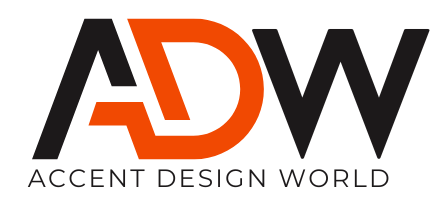
Color is everywhere—yet we often overlook its subtle power to shape how we feel, think, and work. In recent years, researchers have discovered just how deeply color can influence our moods and behavior, especially in the workplace.
Certain colors have been found to improve focus, energy, and motivation, while others may trigger stress, fatigue, or even boredom. In this article, we explore how thoughtful use of color can transform a dull workspace into a more vibrant, productive environment.
Why Color Matters in the Workplace
Colors don’t just beautify a space—they influence how we experience it. According to researchers Syahrul Nizam and Emma Marinie, different colors can evoke calmness, comfort, or stimulation, affecting our emotional and psychological state.
What’s more, the absence of color can be just as impactful. Offices dominated by gray or neutral tones may seem sleek and minimal, but they’ve been shown to increase the risk of burnout and decrease overall productivity.
Colors and Their Impact on Productivity
Let’s break down how different colors affect our performance and mental well-being at work:
Blue – Calm and Focused
Blue has a calming effect and helps with focus and concentration. It’s especially helpful in environments where deep work and long attention spans are needed. It’s soothing yet mentally stimulating, making it ideal for more analytical or high-focus tasks.
Green – Balanced and Restful
Green promotes a sense of calm and stability. Being closely connected to nature, it reduces eye strain and stress while fostering a peaceful, balanced environment. Offices with green elements—whether in décor or live plants—tend to feel more open and welcoming.
Yellow – Uplifting and Energetic
Yellow is cheerful and energizing. It stimulates optimism, creativity, and mental alertness. While great for lifting moods, yellow should be used in moderation—too much can be overwhelming and lead to discomfort or eye strain.
Red – Bold and Stimulating
Red evokes passion, urgency, and energy. It grabs attention and stimulates the senses, making it effective for zones where quick thinking or action is required. However, excessive red can cause anxiety or tension, so balance is key.
Orange – Enthusiastic and Inviting
Orange combines the warmth of red and the brightness of yellow. It’s friendly, lively, and can make collaborative spaces feel more dynamic and approachable. It’s also known to boost morale and stimulate social interaction.
Purple – Imaginative and Luxurious
Purple encourages creativity and introspection. Often linked with sophistication and originality, it can add a touch of elegance to creative spaces. It blends the calmness of blue with the energy of red—perfect for sparking fresh ideas.
Black and White – Sleek but Tricky
Black suggests power and elegance, but in large doses, it can feel heavy or oppressive.
White is clean and spacious but can also feel sterile or uninspiring without contrasting elements.
A smart blend of black and white with other tones can give a polished look without sacrificing warmth or personality.
When Color Is Missing: The Cost of Dull Interiors
Spaces that lack color—particularly those dominated by grays and muted tones—may seem professional at first glance. But the psychological effects can be subtle yet serious:
Increased mental fatigue
Lower engagement and energy
Higher risk of emotional burnout
Reduced overall productivity
A workspace devoid of visual stimulation can feel lifeless, discouraging innovation, enthusiasm, and focus.
Tips to Use Color Wisely in Office Interiors
Zone-based planning: Use different colors in different zones based on activity—calm hues for focus areas, energetic ones for collaboration spaces.
Introduce nature-inspired tones: Wood, plants, and earthy colors create a natural, grounding atmosphere.
Balance bold with neutral: Use brighter colors for accents, not walls, to avoid overwhelming the senses.
Reflect your brand personality: Choose colors that align with your company’s identity and culture.
Conclusion
Color is more than just a visual element—it’s a silent influencer that can transform the way we work and feel. With the right use of color psychology, you can design a space that not only looks beautiful but also enhances productivity, focus, and employee satisfaction.
If you’re looking to bring life and energy back into your workspace, reach out to our team at Sculpt Design Studio. Let’s reimagine your office with purpose, personality, and productivity in mind.


